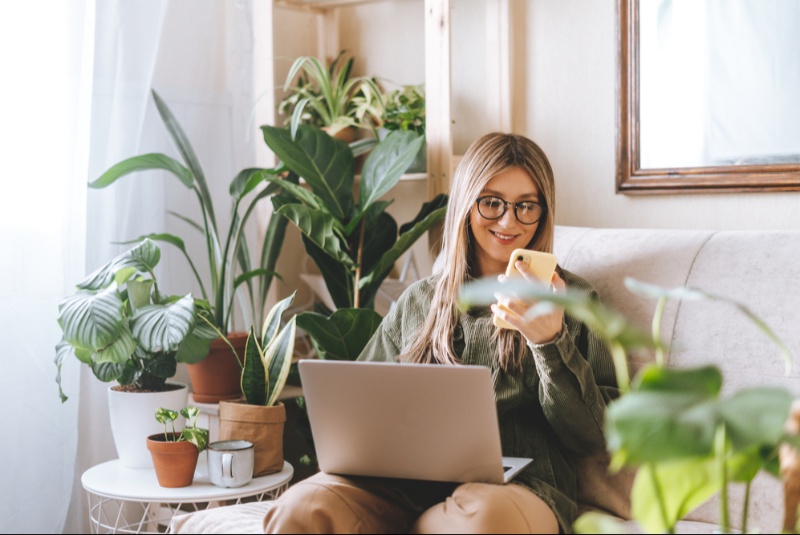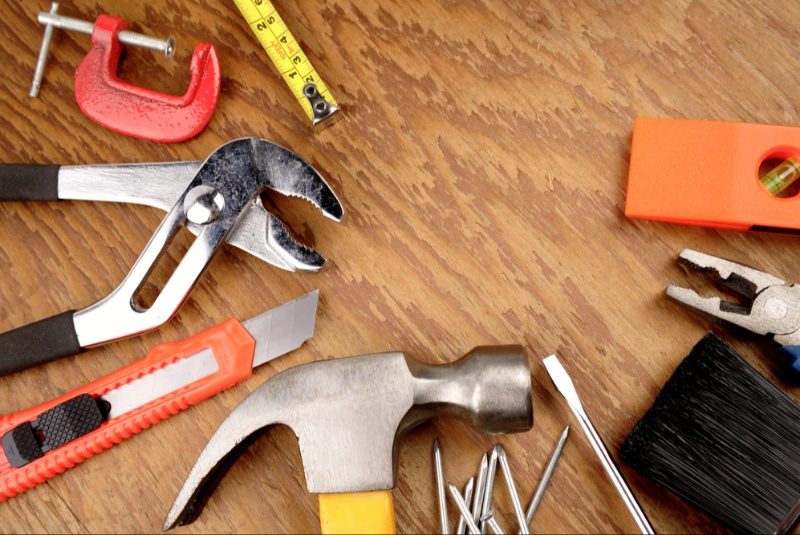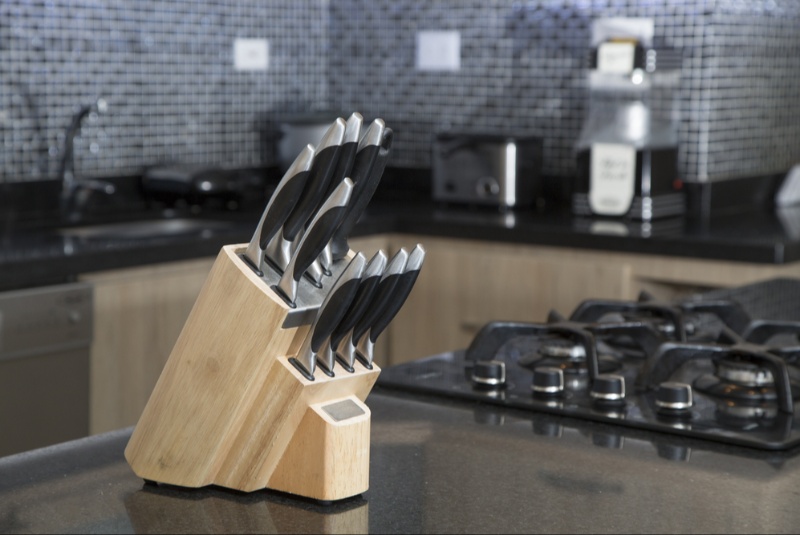Indoor plants bring life, color, and health benefits to any living space. They improve air quality, enhance mood, and add a touch of nature to your home. With a wide variety of indoor plants available, selecting the right ones and understanding their care requirements can be overwhelming. This guide provides essential tips on choosing and caring for indoor plants, helping you create a thriving indoor garden that suits your lifestyle and preferences.
Assessing Your Space and Light Conditions
Before selecting indoor plants, assess your home's space and light conditions. Different plants have varying light requirements, ranging from low to bright, indirect light. Observe the natural light in your rooms throughout the day to identify suitable locations for plants. South-facing windows offer the most light, while north-facing windows provide less. If your home lacks natural light, consider using grow lights. Understanding your space and light conditions ensures you choose plants that will thrive in your environment, reducing the risk of plant stress and failure.
Choosing the Right Plants for Beginners
If you're new to indoor gardening, start with easy-to-care-for plants. Some beginner-friendly options include snake plants, pothos, and spider plants. These plants are hardy, adaptable, and can tolerate a range of light conditions and occasional neglect. Starting with low-maintenance plants helps build your confidence and experience, making it easier to expand your indoor garden over time. Selecting the right plants for beginners ensures a positive and rewarding indoor gardening experience.
Understanding Plant Types and Their Benefits
Indoor plants come in various types, each offering unique benefits. Foliage plants, such as ferns and palms, add lush greenery and improve air quality. Flowering plants, like orchids and African violets, provide vibrant blooms and a pop of color. Succulents and cacti are excellent for adding texture and are easy to care for due to their low water requirements. Understanding the different plant types and their benefits helps you choose plants that complement your home decor and meet your specific needs.
Evaluating Plant Size and Growth Potential
When selecting indoor plants, consider their size and growth potential. Small plants, such as succulents and herbs, are perfect for windowsills and tabletops. Medium-sized plants, like peace lilies and ZZ plants, fit well on shelves and side tables. Large plants, such as fiddle leaf figs and rubber trees, can become statement pieces in spacious rooms. Be aware of the plant's mature size to ensure it fits your space comfortably and does not outgrow its location. Evaluating plant size and growth potential ensures your plants remain healthy and well-suited to your home.
Selecting the Right Containers and Potting Soil
Choosing the right containers and potting soil is crucial for your plants' health. Containers should have drainage holes to prevent waterlogging, which can lead to root rot. Materials like terracotta, ceramic, and plastic each have pros and cons regarding weight, durability, and moisture retention. Select potting soil that matches your plant's needs, such as cactus mix for succulents or peat-based soil for ferns. Using the appropriate containers and soil provides a stable foundation for your plants, promoting healthy growth and reducing the risk of disease.

Watering and Humidity Requirements
Understanding your plants' watering and humidity needs is essential for their care. Overwatering and underwatering are common issues that can harm plants. Most indoor plants prefer the soil to dry out slightly between waterings. Check the soil moisture by inserting your finger an inch deep; if it feels dry, it's time to water. Some plants, like ferns and tropical species, require higher humidity levels. Increase humidity by misting the leaves, using a humidity tray, or placing a humidifier nearby. Proper watering and humidity management ensure your plants stay healthy and vibrant.
Fertilizing Indoor Plants
Indoor plants need nutrients to thrive, which they typically get from potting soil and fertilizers. Use a balanced, water-soluble fertilizer every 4-6 weeks during the growing season (spring and summer). Reduce fertilization in the fall and winter when plant growth slows. Some plants have specific nutrient needs; for example, flowering plants benefit from fertilizers high in phosphorus. Always follow the manufacturer's instructions to avoid over-fertilizing, which can damage the plants. Regular fertilization supports healthy growth, vibrant foliage, and abundant blooms.
Pruning and Repotting
Pruning and repotting are essential maintenance tasks for indoor plants. Prune your plants to remove dead or yellowing leaves, encourage bushier growth, and shape the plant. Use clean, sharp scissors or pruning shears to avoid damaging the plant. Repotting is necessary when plants outgrow their containers or the soil becomes depleted. Generally, repot every 1-2 years, choosing a pot 1-2 inches larger in diameter. Fresh potting soil provides new nutrients, and a larger pot gives roots more room to grow. Regular pruning and repotting keep your plants healthy and well-maintained.
Pest Control and Prevention
Indoor plants can be susceptible to pests like aphids, spider mites, and mealybugs. Regularly inspect your plants for signs of pests, such as discolored leaves, webbing, or tiny insects. Use natural pest control methods, such as neem oil, insecticidal soap, or introducing beneficial insects like ladybugs. Maintain plant health by providing proper light, water, and nutrients, as healthy plants are less prone to infestations. Isolate new plants for a few weeks to prevent introducing pests to your existing collection. Effective pest control and prevention ensure your plants remain healthy and pest-free.
Understanding Plant Toxicity
Some indoor plants can be toxic to pets and children if ingested. Common toxic plants include philodendrons, pothos, and peace lilies. If you have pets or young children, choose non-toxic plants such as spider plants, Boston ferns, and prayer plants. Research each plant's toxicity before bringing it into your home, and place potentially harmful plants out of reach. Understanding plant toxicity helps you create a safe environment for all household members while enjoying the benefits of indoor gardening.
Creating a Care Routine
Establishing a consistent care routine ensures your indoor plants receive the attention they need. Set a schedule for watering, fertilizing, and checking for pests. Group plants with similar care needs to simplify your routine. Keep a plant journal to track each plant's growth, watering schedule, and any issues you notice. A regular care routine helps you stay organized and attentive, ensuring your plants thrive and flourish. Developing a systematic approach to plant care makes indoor gardening more manageable and enjoyable.
Selecting and caring for indoor plants involves understanding your space, choosing the right plants, and providing proper care. By assessing light conditions, plant size, and material quality, and establishing a consistent care routine, you can create a thriving indoor garden that enhances your home's beauty and health. Investing in quality plants and understanding their needs ensures they grow and flourish, providing lasting enjoyment and benefits. Whether you're a beginner or an experienced gardener, this guide offers essential tips to help you make informed decisions and cultivate a vibrant indoor oasis.




